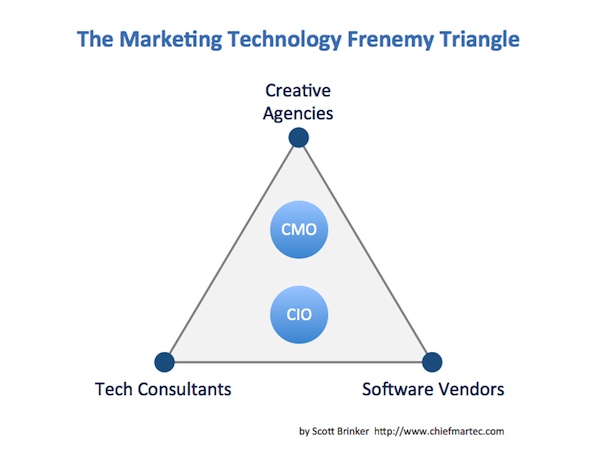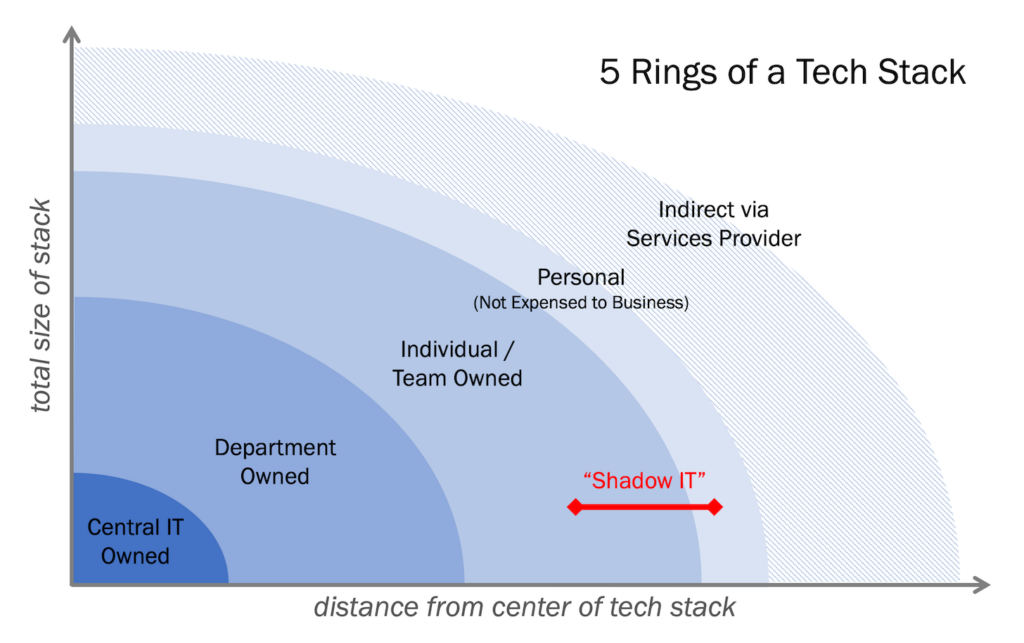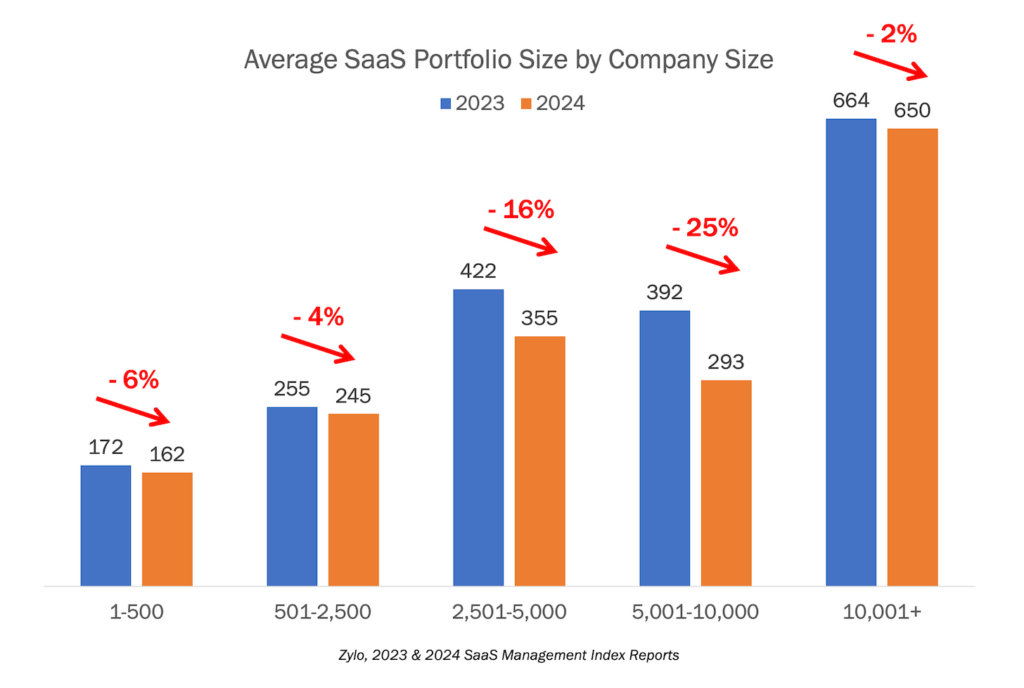The title of an article in last week’s AdAge Digital was Tech-Consulting Giants Slide Closer to Creative-Shop Turf. The subhead read, “Deloitte, Accenture are among big IT players looking to learn digital biz of marketing brands to consumers.”
You can almost hear the sound of cappuccino being sneezed out in a Madison Avenue office somewhere.
Brian Whipple, the CEO of Accenture Interactive, was quoted as saying, “Clients, in my view, are finding it more credible to reach into marketing from technology” rather than the other way around. Why? Because web sites and online advertising now require complex data analysis, customization, and global management. So now he has CMOs, not just his usual CIO clients, knocking on his door.
But don’t worry, Madison Avenue. Whipple stresses that Accenture Interactive’s relationship with agencies is “complementary, not competitive.” They’re working together with agencies to pitch new business. For now.
Meanwhile, creative agencies are becoming more tech savvy. Razorfish and SapientNitro would no doubt both claim that they can match Accenture Interactive’s technology chops when it comes to digital marketing apps, web sites, and advertising. Omnicom has its creative technology venture, Code Worldwide. Fabric Worldwide, backed by WPP, touts their new “marketing operating system.”
Then you have marketing software vendors, such as IBM, Aprimo, and ExactTarget, who are more than happy to provide integration and technical advisory services — encroaching on the domain of tech consulting shops. One could argue that IBM is more of a technology services firm than it is a software vendor.
Which is okay, because many of those tech consulting firms now have their own marketing software products. Accenture Interactive promotes six of their own marketing software products. Deloitte has alliances with other software companies, such as IBM — but for mobile applications they have Übermind.
It’s a fluid mix of competition and cooperation. Coopetition. To visualize it:
To complicate the field further, for many of their respective customers, there’s still an ongoing push-and-pull between the marketing department and the IT department over who has what responsibilities (and budget) in this new era. In some cases, CIOs and CMOs are the proxies for these frenemic giants.
But there are some upsides to this frothy mingling:
Creative agencies can use this as an opportunity to shift their revenue models to engagement fees and “subscriptions,” like their new coopetitors, and break free of dependency on media buying inefficiencies — which are quickly becoming quite efficient.
Software vendors can take advantage of the deeper relationships with clients that services afford them to better inform their product development. The closer software engineers are to the actual problems that need to be solved, the more innovative their solutions will inevitably be.
And technology consultancies can piggyback on their marketing services mission to develop stronger relationships across the C-Suite — not just the CIO anymore, but the CMO and possibly the CEO — which can save them from the era of shrinking IT authority.
Best of all, these new kinds of competition can benefit CMOs most. It will give them more choices. It will give them more leverage to push their providers to innovate. And it makes the role of the CMO, as the conductor orchestrating the intermingling of these different participants, more valuable than ever.




As an IBM and Accenture alum who left that world in 2005 to eventually start a marketing technology consultancy of my own, this is sort of vindicating. The investments those firms make will no doubt mean improvements in the area of marketing technology, which will trickle down to mid-market – this is a good thing (to me anyway, since I’m not competing directly with them in the enterprise market right now). Great post, as usual.
Software vendors are really getting into marketing now a days it isn’t similar to the old days.